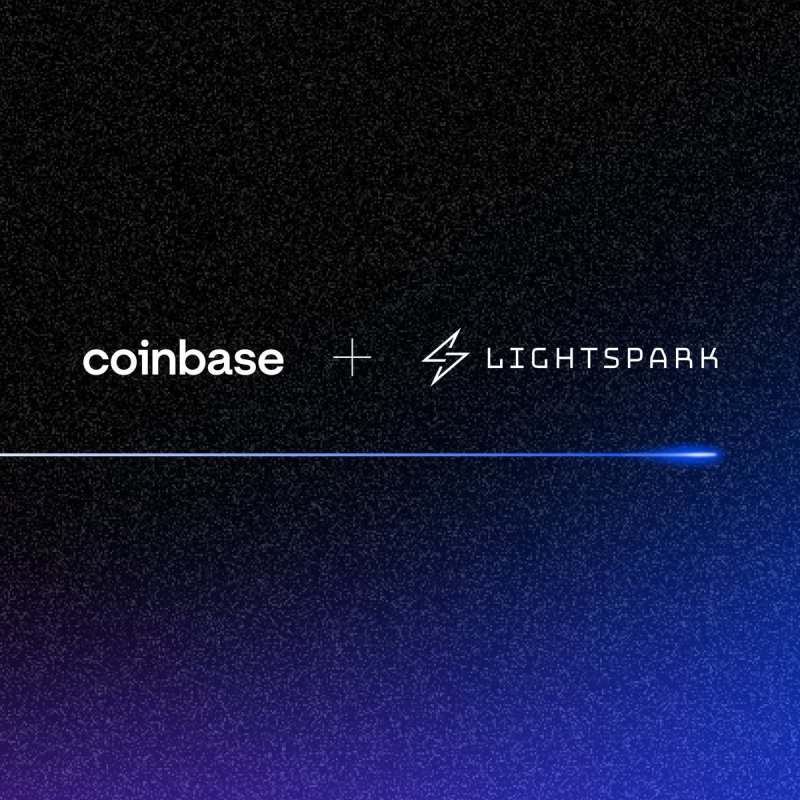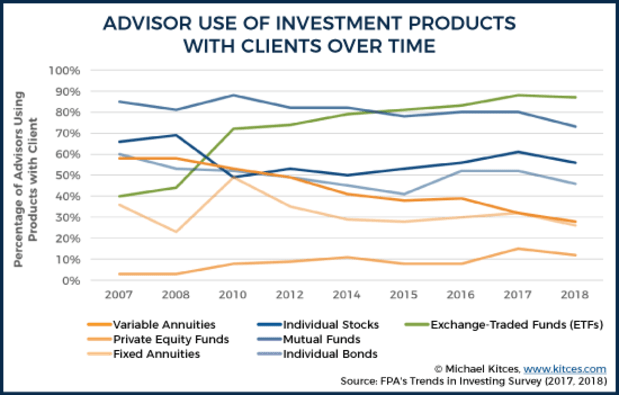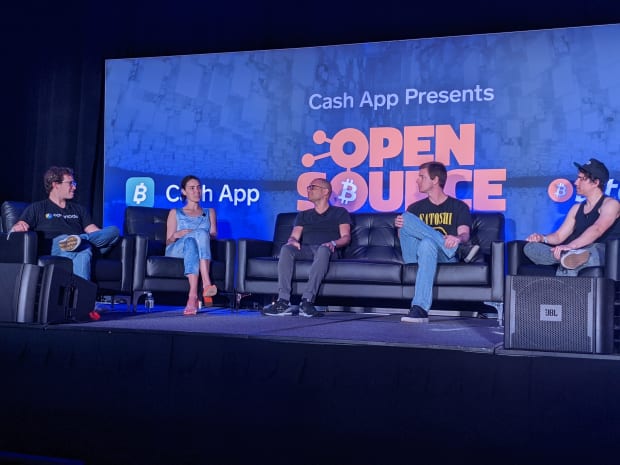Introducing Hashrate Index, An Online Tool For Bitcoin Mining Transparency
The success of Bitcoin ultimately depends on the health of its mining industry. Bitcoin mining is central to transaction validation, the prevention of double spending and the hard cap on the bitcoin supply — basically, the things that make Bitcoin the revolutionary technology that it is.
And Bitcoin mining has evolved dramatically since it was first introduced. Today, a large portion of the industry revolves around mining pools, which coordinate hash power from miners around the world and share any resulting bitcoin among those who contributed. But despite the rising popularity of mining pools and their central role in maintaining the Bitcoin network, a lack of formal infrastructure and transparent data may be preventing the industry from developing even further, particularly in North America.
That’s why the team at mining software provider Luxor has introduced Hashrate Index, which features an intuitive hash price tracker, a mining rig price index that aggregates more than 4,800 ASIC sales and a curated list of mining collocations.
“Historically, the manufacturing companies have had unprofessional corporate policies for things such as machine performance, transparent pricing, insurance, etc.,” Ethan Vera, the co-founder of Luxor, told Bitcoin Magazine. “Then you need to connect to a mining pool that you can’t verify is paying you the correct amount. The industry is still very much so opaque… We think that a data site like Hashrate Index will allow investors to get more comfortable with the industry and usher in a new era of North American mining investment.”
To create the tools, the Luxor team leveraged its three years of experience in the mining industry and sourced the data that it felt would address miners’ most significant pain points. The hash price tracker, for instance, is an estimate based on the full-pay-per-share (FPPS) rate for Bitcoin mining pools.
“The FPPS rate represents the expected value for both the block reward and the transaction fees,” Vera said. “Given transaction fees are unknown, we use a rolling 24-hour average to estimate them… Once we have established the FPPS rate, we can estimate a weighted average fee across pools. This estimation is based on our conversation with miners to understand their existing fees.”
The mining rig price index is also an attempt to add transparency to a notoriously opaque segment of the mining industry.
“Manufacturers release hardly any data and their retail prices are not representative of hardware pricing in an industry dominated by a few institutional players,” Vera explained. “Miners can use the rig price index as a check when deciding what rig to buy… Investors, looking over a mining farm opportunity in detail, can check with the rig price index to understand how revenue and assets on the balance sheet will fluctuate over the lifecycle of an ASIC.”
Finally, the mining colocations index (found under “Farms” on the site navigation bar), is a bid to balance some of the institutionalization and centralization that the bitcoin mining industry has experienced. It offers significant specs for North American hubs that will host miners’ rigs, including the cost per kWh, available capacity and energy type (it lists four such locations at the time of this writing).
“In Satoshi’s original vision of mining, everyone could participate in the mining process. With the institutionalization of mining, and the rush for economies of scale, it has forced out many participants in the space,” Vera said. “The mining colocations website is meant to serve as a resource for retail miners who want to host machines but can’t find a good place to do so. We want to offer them a good solution for their miners. Most of the colocations we list, we have in fact hosted with before or our clients already do.”
In conclusion, Vera noted that the Luxor team is working on adding a downloadable excel mining model, an overview of public mining companies, additional ASIC reviews, a section on firmware and more. The team is soliciting additional feature requests through its Twitter account.
Mining is one of Bitcoin’s most critical practices, but also one of its most misunderstood.
Our guide to bitcoin mining covers everything from the basics of where bitcoin come from and why this process is called “mining” to bitcoin mining centralization and energy use. You’ll find detailed information on bitcoin mining hardware, bitcoin mining pools, bitcoin mining profitability, bitcoin mining legality and more.
And, if you’re looking for something specific, we have hundreds of articles that have taken deeper dives into the mining industry since the earliest days of Bitcoin.
Get started with “What is Bitcoin Mining?”!
The post Introducing Hashrate Index, An Online Tool For Bitcoin Mining Transparency appeared first on Bitcoin Magazine.









